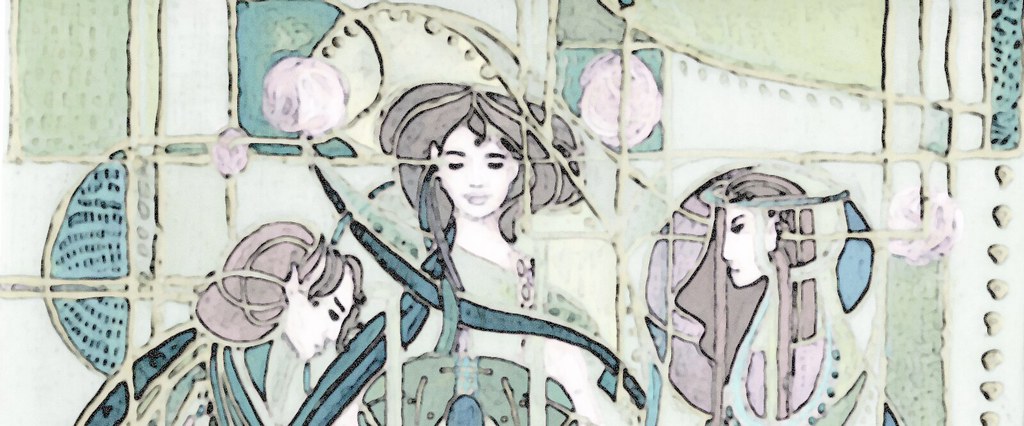Since mem is a wicked human being who won't get his dad to make me dibromoindigo, I'm being forced to think of other ways to get it. This includes making a trip to Morocco to some place I can’t pronounce in the purpuric islands that is rumoured to sell it (and yes a trip to MOROCCO would still be cheaper than buying it from most reputable suppliers by about 40k). It seems legit.
PLUS ALSO Pantone’s colour for 2015 is pretty close to what Tyrian purple would have looked like (though more brown). AND I got an induction burner for Christmas which Phil called WITCHES BREW BURNER. Well it's taken them almost two decades to come to terms with my use of noxious chemicals.
So my art project is back on! In my head. Like usual.
This of course brings to mind some interesting things I've noticed in the colours and textile processes used in the production of the priest's garments and tabernacle of Exodus. Mem assures me these things aren’t super extra BORING to normal people, but I’m pretty sure he doesn’t have a lock on what normal people think or he wouldn’t be my friend.
But I’m going to write about them anyway, because mem is the only one who reads my blog and I think he thinks I can’t write a book length tome on this. To which I say “it’s like you don’t even know me mem”.
I am reminded of the author of Hebrews saying that the tabernacle was a copy made according to a heavenly original. Some people think this has to do with aesthetics; I am not one of them. The tabernacle represents the realities of God; how he makes himself a holy priesthood and a place where he meets his creation. And maybe I’m crazy but I think that’s more significant than the proportions being an aesthetic pattern for people to follow. While many fixate on the proportions and other things, I’ve always been interested in the processes. I can admit that’s the craftsperson coming out--process is always the most important thing to us. But I do think there are some powerful symbols involved in the creation of the tabernacle (symbolism being used in the more mediaeval sense).
Anyway, there are things going on in the text that are pretty easily missed if you don’t understand how the production of fibre worked in ancient times. In a world where we are so removed from the processes that make the daily items of our lives, we miss many things that would have been common knowledge then. I think this can be shown by how Christians tend to interpret them sloppily and figure they’re not particularly important anyway. Orthodox Jews for their part debate them intensely--they understand that they’re valuable at least partly because they’re still trying to keep the law. But we believe all the scriptures are about Christ.
I originally wrote this post super cyclically (like a rabbi! Just as wise for sure). While that was pretty cool, it metastasized into a 3000 word document in a few days (even though I skipped a lot of cool stuff--told you mem). So I had to make it linear (or as close to it as someone like me can get) in order to be able to chop it up into shorter posts, of which this functions as the introduction. It took longer to reorganize than to write or research, so the work has been languishing a little. But I really wanted to finish at least one of my book length “blog posts” so the reorganization had to be done. Someone asking about the towla on fb motivated me to wax nerdy again. Anyway hoping I succeeded in being more greek, but I really prefer hebrew thought. If you see some repetitions and lack of clarity, blame your western linear mindset--I had to do this for YOU so don't whine. I also left out a lot to keep it from being even longer.
Follow for the next posts and you'll see why a trip to Morocco would be worth it.

No comments:
Post a Comment